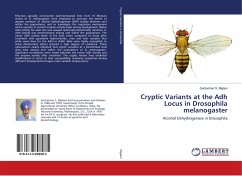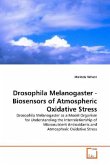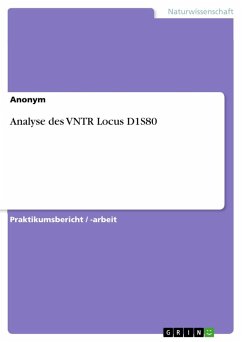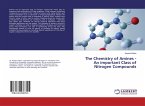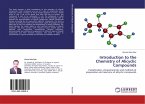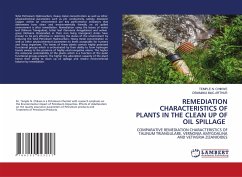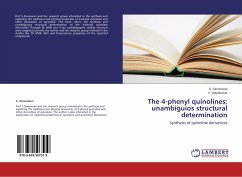Fifty-two specially constructed isochromosomal lines from 16 Mexican strains of D. melanogaster were employed to ascertain the extent of genetic variation of alcohol dehydrogenase (ADH) activity between and within the populations, and to investigate the regulatory mechanisms which operate to control enzyme activity levels during development. Native ADH activity for each line was assayed spectrophotometrically. Variation in ADH activity was demonstrated among and within the populations. The native ADH activity levels of the lines when compared to those after treatment with guanidine hydrochloride, urea and heat revealed that while some lines for the AdhI or AdhII allele were highly susceptible to these denaturants others showed a high degree of resistance. These observations clearly indicated that cryptic variation at a biochemical level does exist among and within the populations of D. melanogaster. Significant correlations were noted between the native ADH activity and the enzyme activity after treatment. The cryptic variant lines exhibited modifications in terms of their susceptibility/ resistance properties during different developmental stages under variable temperatures.
Bitte wählen Sie Ihr Anliegen aus.
Rechnungen
Retourenschein anfordern
Bestellstatus
Storno

